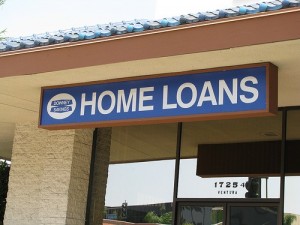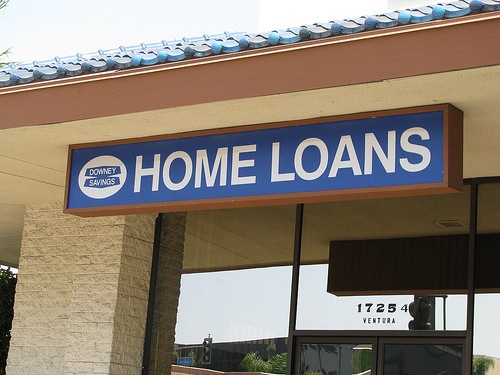 With interest rates remaining high and real estate prices rising further, the growth in housing loans declined to 12.1 per cent in fiscal 2011-12 from 15 per cent in the previous year. The growth rate in non-food bank credit was also down at 17 per cent during the year as compared with 20.6 per cent in the previous year, the Reserve Bank of India said.
With interest rates remaining high and real estate prices rising further, the growth in housing loans declined to 12.1 per cent in fiscal 2011-12 from 15 per cent in the previous year. The growth rate in non-food bank credit was also down at 17 per cent during the year as compared with 20.6 per cent in the previous year, the Reserve Bank of India said.
According to the RBI, total outstanding home loans amounted to Rs 388,020 crore in 2011-12 as against Rs 346,110 crore in 2010-11 and Rs 300,930 crore in 2009-10. Credit to the commercial real estate sector increased by 7.8 per cent during 2011-12, down from 21.4 per cent in the previous year.
Non-food credit growth had been decelerating from December 2010, reflecting both demand and supply-side factors. On the demand side there was deceleration. On the supply side banks appeared to be averse to taking risks with some parameters that indicate the health of banks’ balance sheets deteriorating during the year. Banks opted for safer avenues of investment resulting in a compositional shift in the banks’ asset portfolio in favour of investments in government securities.
Non-food credit growth decelerated from 22.1 per cent at the beginning of 2011-12 to 15.4 per cent by February 2012 reflecting slower economic activity. However, it picked up to 16.8 per cent in March, higher than the indicative projection of 16 per cent. Disaggregated data up to February 2012 showed that the deceleration in credit growth was broad-based across agriculture, industry, services and personal loans. The pick-up in non-food bank credit towards the year-end was on account of increased credit flow to agriculture and industry.
“Credit to industry increased by 21.3 per cent during 2011-12 as compared with 23.6 per cent in the previous year,” the RBI said.
However, net bank credit to the Centre increased at a significantly higher rate of 15.7 per cent in 2011-12 as compared with 8.4 per cent in the previous year.





